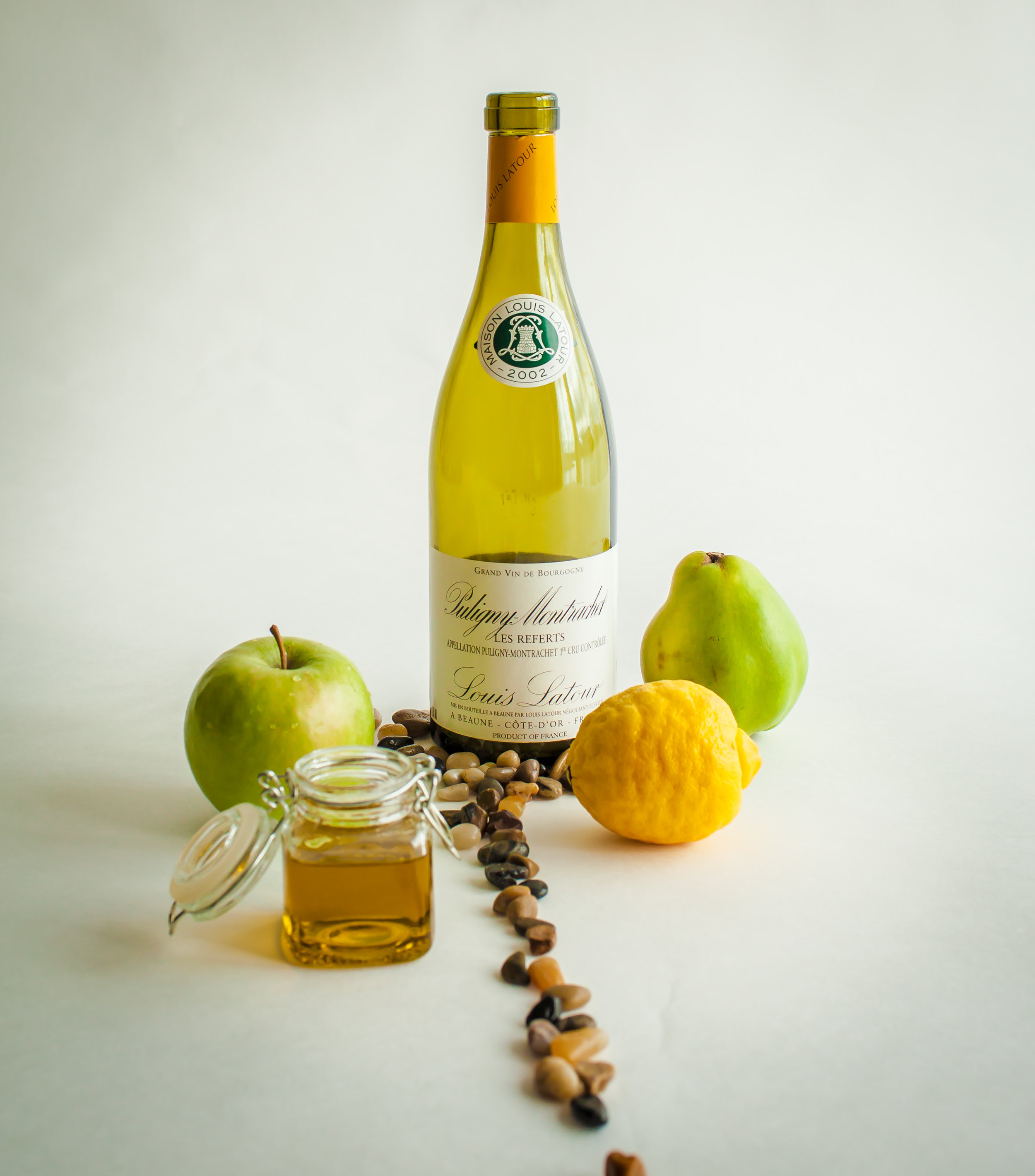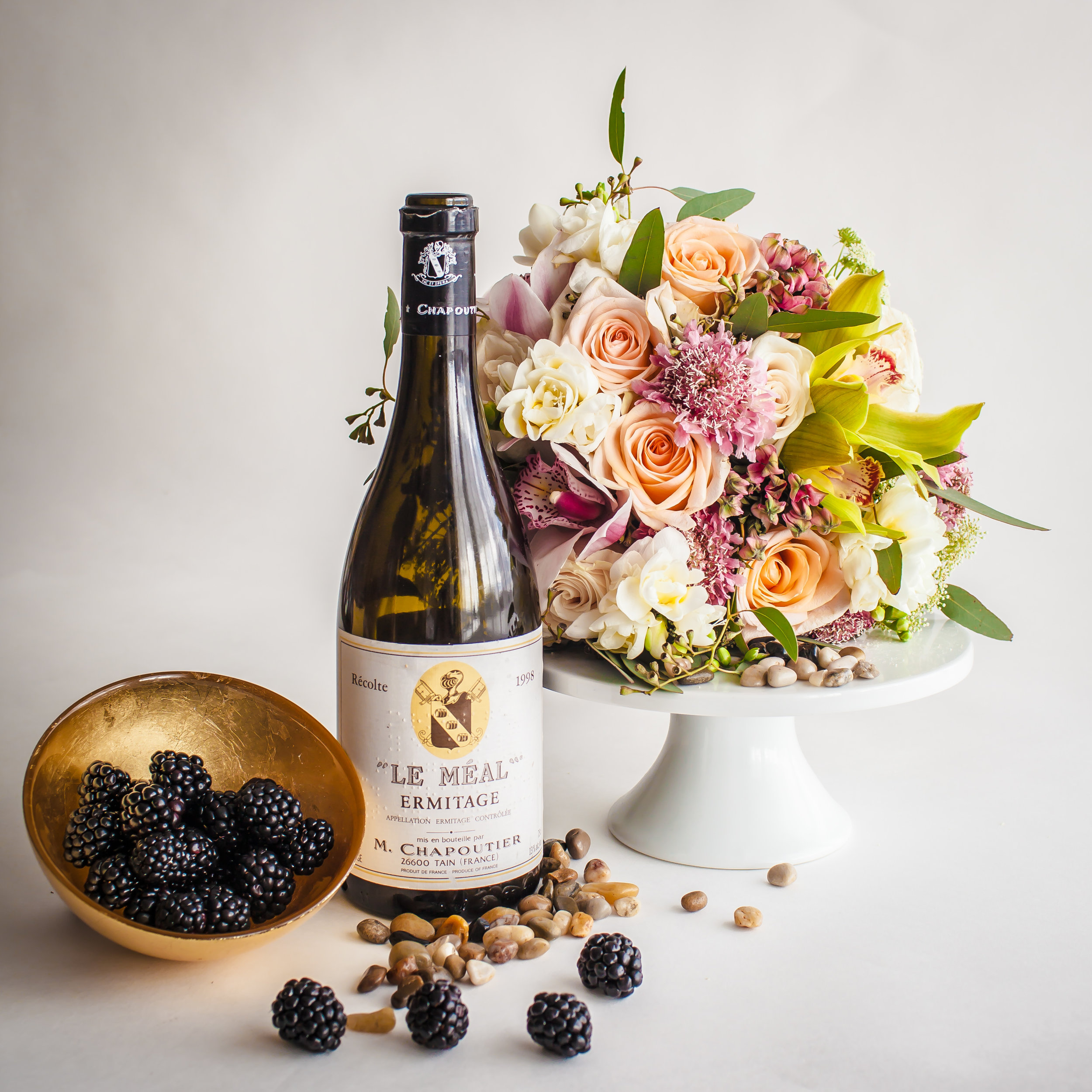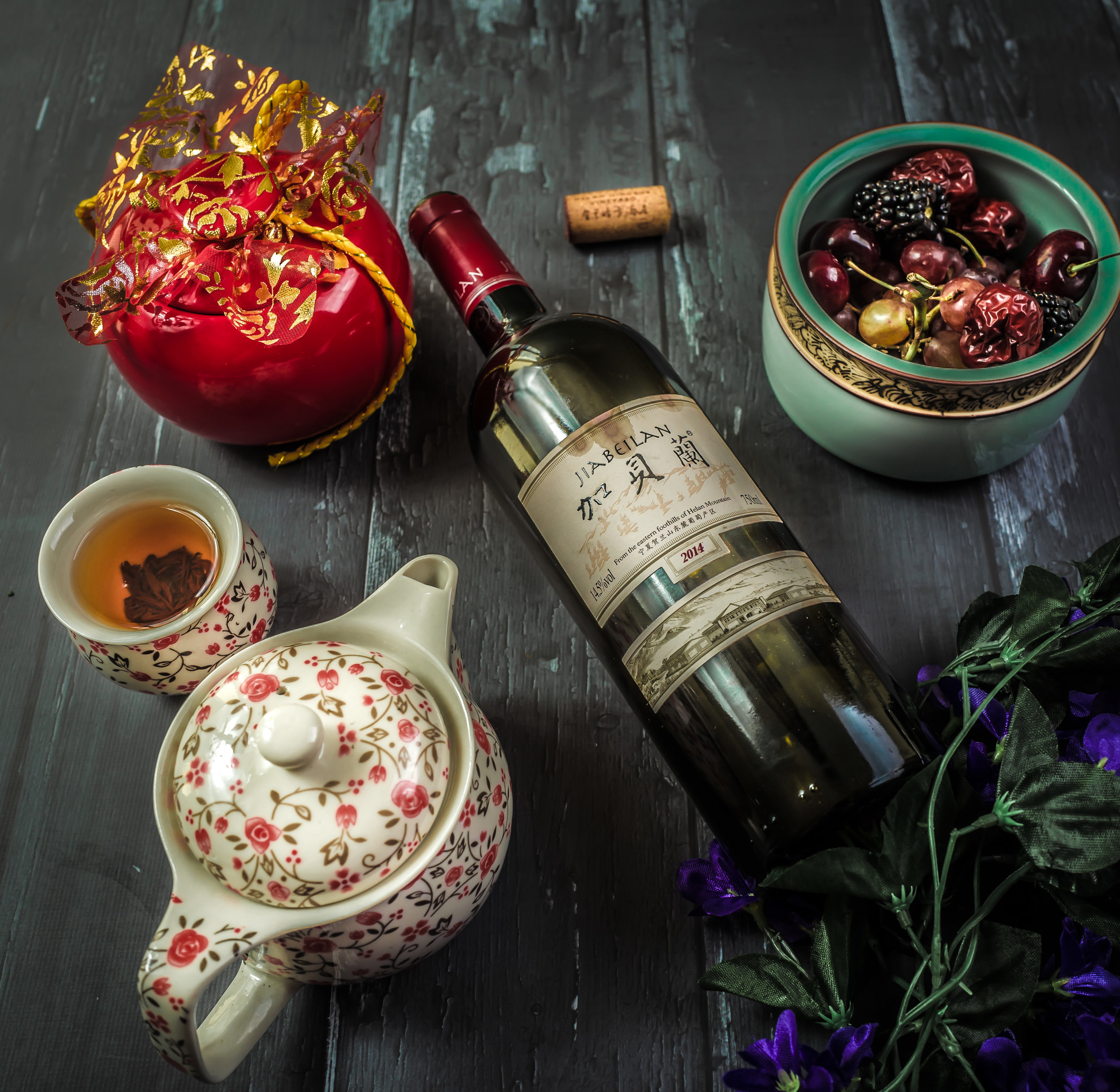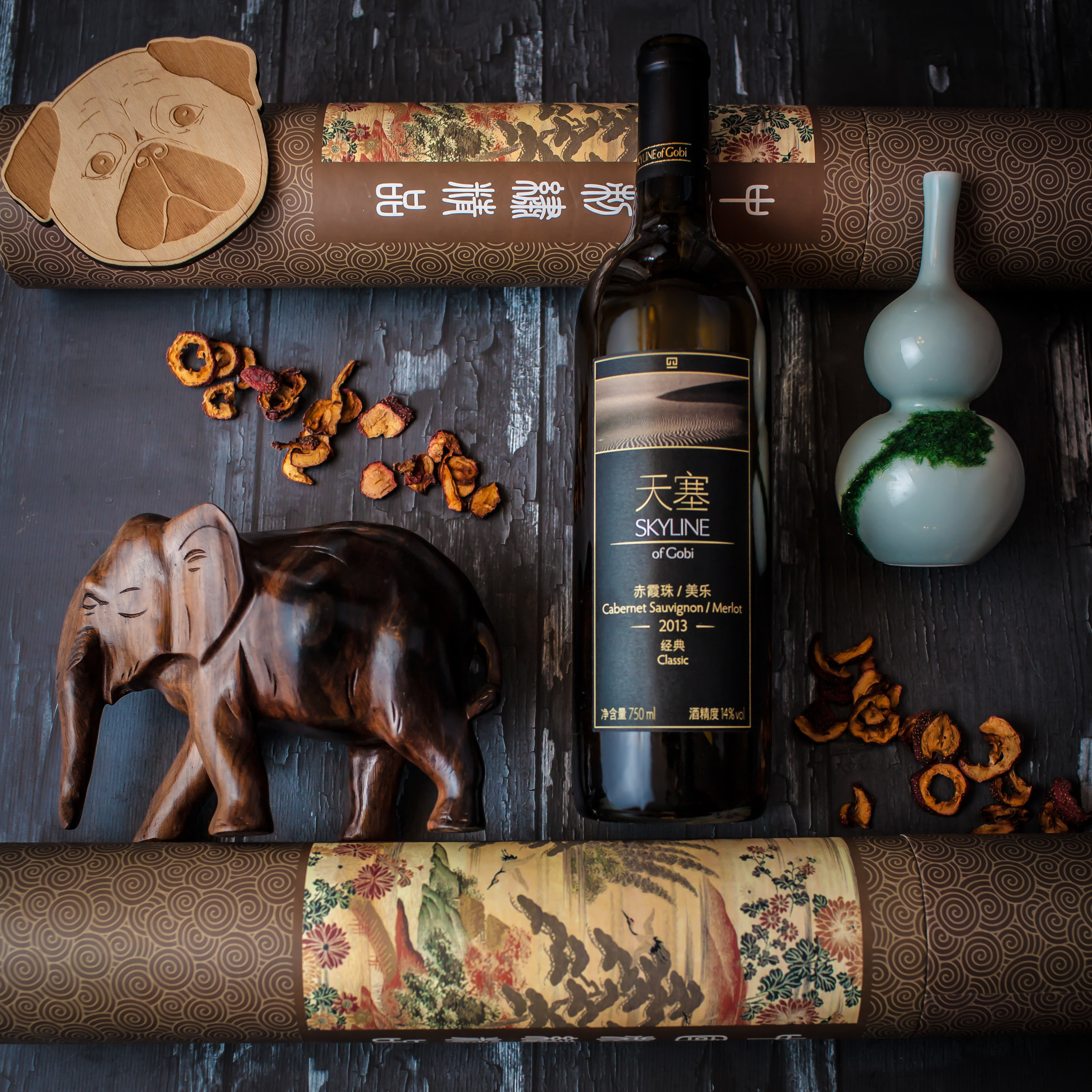Works of Pride 2018
/On the verge of 2019, I am taking a retrospective look at my works for WineMemoir, all the inspirations and hard work got well requited thanks to all of you. While it surely invoked a myriad of touching moments of recall for me, I figured it meaningful to pick a few of my favorites and elaborate to you how I came up with the ideas that I take pride in.
1. Synergy between Wine and Musicality
Paolo Bea Sagrantino di Montefalco Pagliaro
My original notes: “Resonant and striking - just like bass tones. Sagrantino is the fabled local grape of Montefalco, renowned for strong tannins and power, and this one boasts the strongest, with abundant black cherries and licorice. Still young, it needs time will tame this wine to soften the tannins and mellow the intense fruit concentration - sure it will deliver terrific longevity.”
My husband plays bass guitar. The very first sip of this Sagrantino reminded me of the roaring bass line of metal - strong chunky tannins, profound acidity and tons of undertone building up deepened and reflective sensations which is fundamentally different from a crisp nylon guitar or Irish fiddle. That’s why I borrowed my husband’s Suhr classic bass guitar and laid it behind the expressive bottle.
Arietta Variation One
My original notes: "The Hattons founded Arietta in 1996 in partnership with winemaker John Kongsgaard and his wife Maggy. The partnership was born of a shared passion for fine wine and classical music. Arietta's label features the manuscript of Beethoven's Arietta movement from his last Piano Sonata, Opus 111, written long after the composer had lost his hearing. Opus 111 is one of the most transporting and revolutionary pieces of music ever composed. Serene yet complex, rich yet ethereal, Beethoven’s Arietta provides an inspirational model for great winemaking.
This Variation One is an innovative blend of Merlot and Syrah, and the syrah is co-fermented with the Merlot to form a wild and penetrating quality. Black cherries and smoky bacon notes dance on the tongue, accompanied by the resonance of powerful tannins and charming overtones. This wine truly sings with layers of complexity, as if evolving movements of a great concerto piece, and ended in a grand finale.”
As was written, Beethoven’s Arietta, serene yet complex, rich yet ethereal, provides an inspirational model for Arietta’s winemaking. The winemaker doubtlessly shares the same synesthesia between music and wine. It took me some effort to compose the picture, including the hunting for the ideal backdrop, a music score manuscript, along with black cherries and dills playing the role of notes.
2. Painting, rather than Photo
I’ve always been fascinated by how powerful painting artists are able to showcase through still objects and lighting, how magical their brush can bestow the emotions onto the invaluable oil paintings. In my humble opinion, modern photography should do the same. Here are two examples of my clumsy mimic of such efforts, in seek of painting down my mind trails when the oily rich textured Puligny Montrachet melted on my tongue with pebble minerality, and when the bouquet of Le Méal M. Chapoutier blogged my mind with thousands of flowers in bloom. I wanted to seize the moment that boasted not only a bottle of wine and a list of flavors, but the mesmerizing atmosphere the wine immediately immersed me in as well.
My original notes:
Louis Latour Puligny-Montrachet Les Referts 2002
“A Brilliant yellow color, this wine swirls with attractively youthful spicy citrus tones on the nose and a creaminess on the palate, with those sweet spice and wave after wave of mineral aromas continuing through. Dry with firm acidity, great balance between moderate ripeness of fruit and moderate weight with firm acidity. Incredibly subtle and delicate delivery of very complex aromas and flavors, quite persistent on the finish. A superb bottle!”
M. Chapoutier "Le Méal" Ermitage Rouge 1998
“Chapoutier is one of the oldest names in the Rhone valley. Chapoutier Le Meal, which had its first vintage in 1996, is produced from 100% old vine Syrah planted in the 1940’s. The oldest vines are close to 90 years of age. Le Meal is the warmest terroir in the Hermitage appellation, which is a major factor in the character and ripeness of the wine. This 1998 Le Meal - dark crimson, knockout aromas of blackberry, violet, smoked earth, and licorice, full-bodied, terrific concentration and deliciously textured, the finale lasts forever with a mineral hint and floral bouquet lingering. Beautifully expresses Syrah on this granite terroir.”
3. Chinese wines with its Indigenous Culture
I learned hundreds of glossaries in the WSET courses to depict what a wine tastes like, yet I found them to be limited to western or globalized conventions - black currants, gooseberries, black peppers, etc. I believe that local winemakers from a different culture are not thinking about these stuff when crafting the wine. Although usual suspects - black or red fruits, are evident in Chinese wines, a great many of other indigenous examples, often the more interesting ones, came into my mind. As I found Chinese mugworts, Chinese black tea, dried dates in Jiabeilan 2014; Loads of dried hawthorne, exotic asian spice in Skyline of Gobi 2013, I decided to compose a work that would place my audience on the silk road. (The most renowned Chinese wine regions are along the silk road, far to the west on the map). Ceramics, gourd, tea leaves and wood carvings are employed in the composition. Chinese wine is in a stage of revolution, from mass production to artisanal. These are two of the very best of the new efforts - small batch, hand crafted and terroir driven. I hope you experience the difference, the culture clash, when you sip a Chinese wine.
My original notes:
JIABEILAN 加贝兰 2014
“China has never been on the map when it comes to wine - time to break that stereotype. This 2014 Jia Bei Lan (加贝兰) - a blend with 80% Cabernet Sauvignon, 15% Merlot and 5% Cabernet Gernischt, though still young, has already shown power and elegance at the same time. It is no doubt unique, the first sip - Chinese black tea and mugwort, asian spice, sandalwood, and blackcurrant, then comes a lengthy finish with hints of tarry oak and black pepper. Stunning and exotic - and surely anticipate a splendid long lifetime ahead of it.”
Skyline of Gobi 天塞 2013
“Located in north-west corner of China, XinJiang has dry and desert-like terroir. Wine has been made here for more than 3000 years - ample sunshine and low annual rainfall during the growing season ensures the grapes can reach full ripeness, hence ideal for Cab and Merlot. This Skyline of Gobi Classic is a cab/merlot blend, deep ruby in color, dark fruit on the nose, more licorice and hawthorn flavors after decanting - quite an elegant wine with herbaceous character and juicy soft tannins, and a long savory aftertaste.”
THANK YOU for all the love you've given me in 2018, I appreciate all the ways you engaged with me on Instagram and my Blog, for following along, liking my posts, commenting, sending me messages, trusting me being a resource of yours and reading my blogs on WineMemoir. It means the absolute world for me and I can't wait to start 2019 with you all! Happy New Year!!







